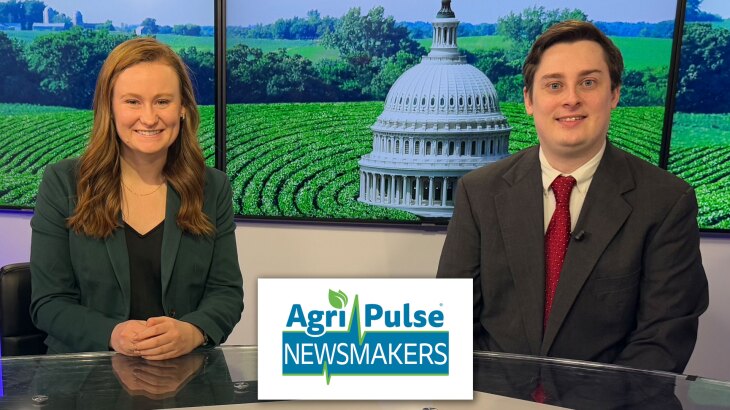Scientists led by the US Department of Agriculture (USDA) Agricultural Research Service have produced the first gene-edited calf with resistance to the common cattle virus bovine viral diarrhea virus (BVDV).
The calf, Ginger, was born on July 19, 2021. Issues related to BVDV cost the U.S. cattle sector billions of dollars every year. But this could change, thanks to Ginger!
The group of scientists shared their findings in a proof-of-concept paper published on May 10. They also hope the breakthrough using CRISPR gene-editing technology will eventually lead to a reduction of antimicrobials usage in livestock.
According to the report, Ginger was observed for several months and then later challenged with the virus to determine if she could become infected. Ginger was housed for a week with a BVDV-infected dairy calf that was born shedding the virus. Ginger’s cells displayed significantly reduced susceptibility to BVDV, which resulted in no observable adverse health effects.
Over the past 20 years, the scientific community discovered the main cellular receptor and the area where the virus binds to that receptor, causing infection in cows. Scientists modified the virus-binding site in this recent study to block infection.
USDA says the study demonstrates the possibility of reducing the burden of bovine viral diarrhea virus-associated diseases in cattle by gene editing.



















